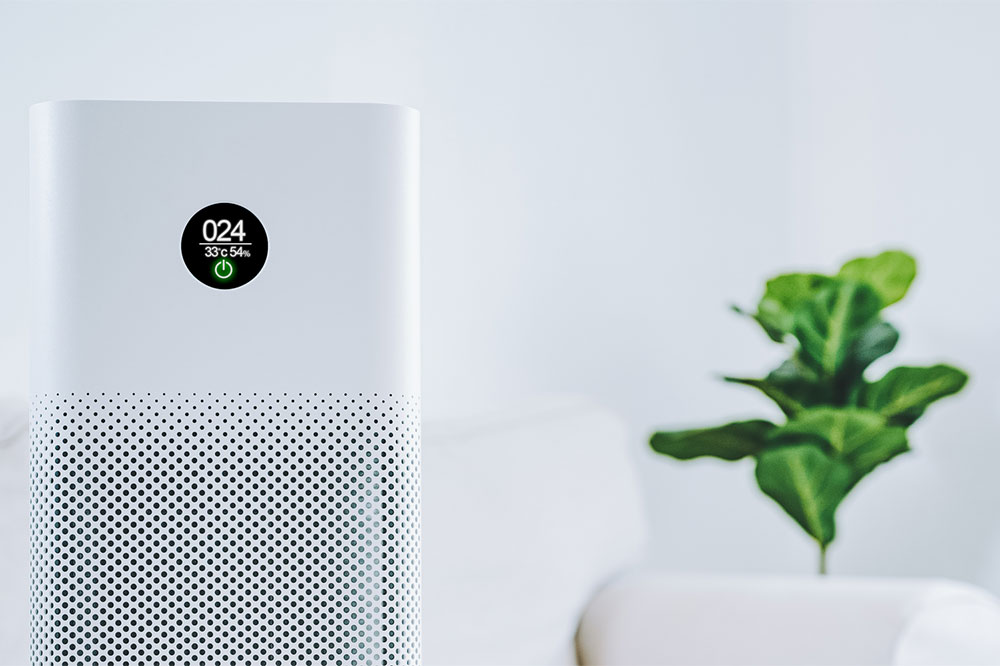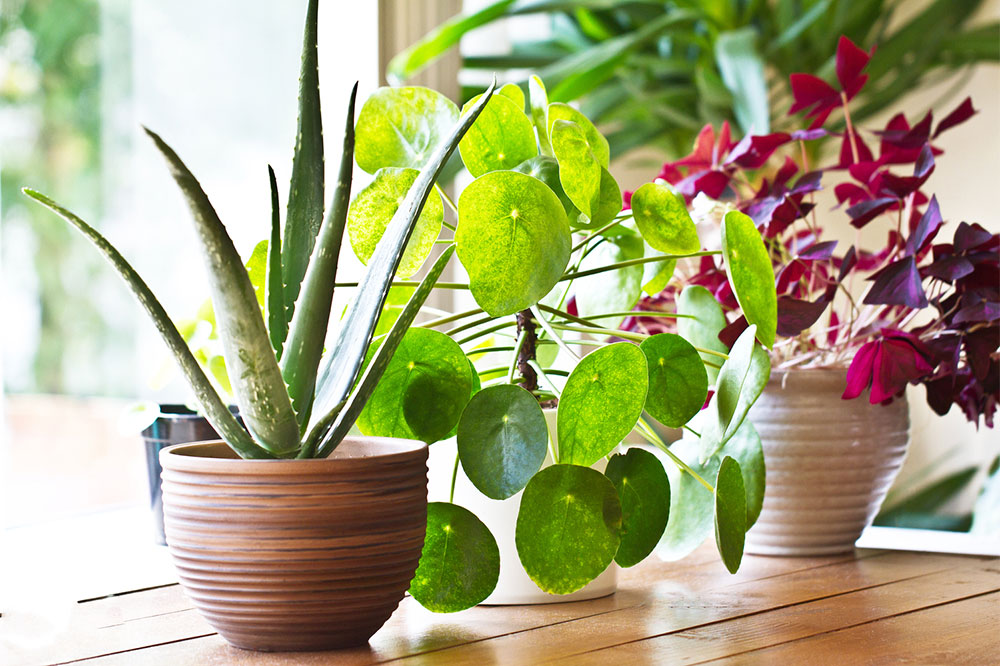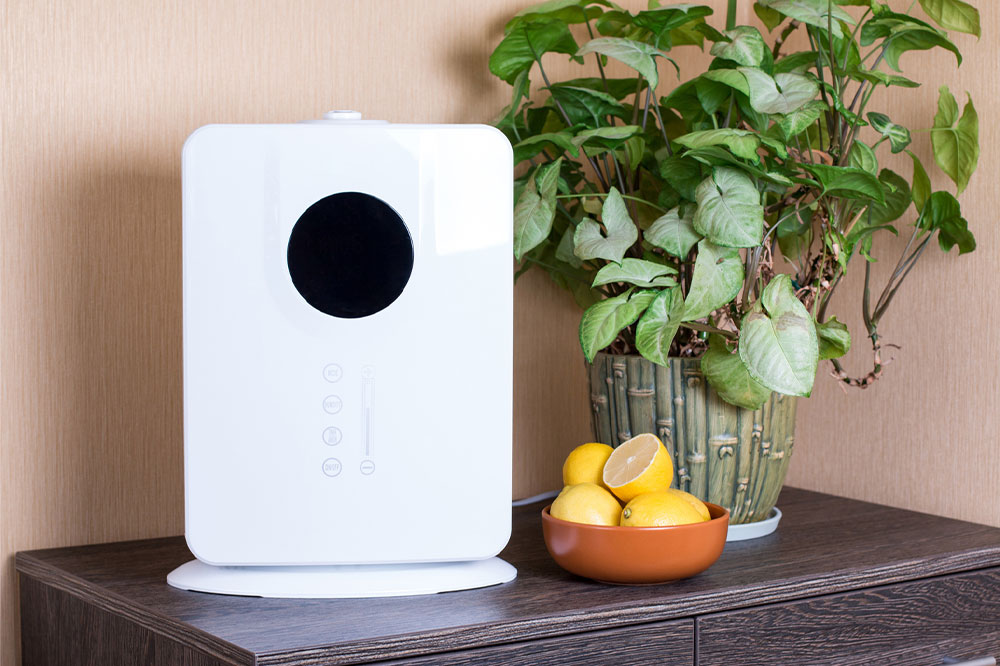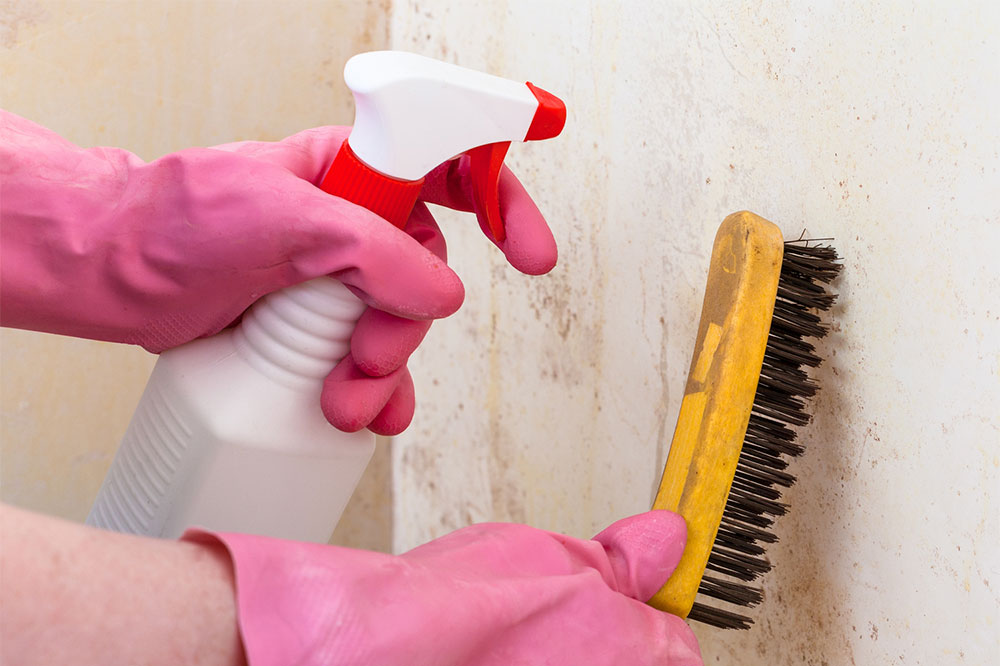Top Strategies for Maintaining Fresh Indoor Air Quality
Discover effective ways to improve your indoor air quality with simple tips like regular ventilation, using non-toxic products, maintaining cleanliness, and incorporating plants. These methods promote a healthier and more comfortable living environment, reducing allergens and pollutants inside your home. Keep your indoor air fresh and clean effortlessly with these practical strategies for overall well-being and improved respiratory health.

Top Strategies for Maintaining Fresh Indoor Air Quality
Indoor air quality often faces pollution from airborne chemicals, gases, dust particles, and allergens. These contaminants can originate both outside and inside the home, affecting health and causing various respiratory issues. To promote a healthier environment, here are effective methods to enhance the air you breathe indoors.
Ventilate Regularly
Opening windows allows fresh air to circulate and expel toxins, making your space more breathable and comfortable, especially during warmer months.
Avoid Aerosol Products
Using aerosol sprays releases harmful chemicals into the air. Opt for non-aerosol versions of products like air fresheners, sprays, and polish to reduce indoor pollutants.
Clean Surfaces Frequently
Mopping floors made of hardwood, tile, or vinyl with disinfectants helps eliminate allergens and bacteria, ensuring a cleaner environment.
Maintain Ventilation Systems
Regularly inspect and clean air vents and HVAC filters to ensure they effectively filter out airborne pollutants and keep indoor air fresh.
Manage Humidity Levels
Using exhaust fans or dehumidifiers in kitchens and bathrooms helps control moisture, preventing mold, bacteria, and pests from thriving.
Vacuum carpets and rugs regularly to remove dust and allergens that may accumulate.
Choose Non-Toxic Furniture Select furniture made without formaldehyde or toxic glues to avoid chemical emissions that can impact indoor air quality.
Use Eco-Friendly Paints Opt for low or zero-VOC paints to minimize chemical release during and after painting projects, ensuring cleaner indoor air.
Incorporate Indoor Plants Plants naturally filter air pollutants and boost overall well-being, adding a touch of nature indoors.
Invest in Air Purifiers Air purifiers capture airborne contaminants, providing cleaner, safer indoor environments.
Use Fragrance-Free Cleaning Products Natural, scent-free cleaners like baking soda and lemon reduce the risk of allergic reactions and irritations associated with chemical fragrances.










